by Gail Gold
The Alhambra, one of the Seven Wonders of the Muslim World, covers 26 acres with 30 crenelated towers with commanding views, and more than 1 mile of walls. It is one of the most famous Islamic palaces and best preserved examples of Spanish Renaissance architecture. The first glimpse of the Alhambra shocks you to wonder: how did they build this magnificent, immense palace? After climbing the street leading into the complex and crossing the threshold of the great vestibule, you are under a great Arabian arch in the form of a horseshoe. Immediately you feel the enormity and allure of the Alhambra, trying to imagine the Muslim past.
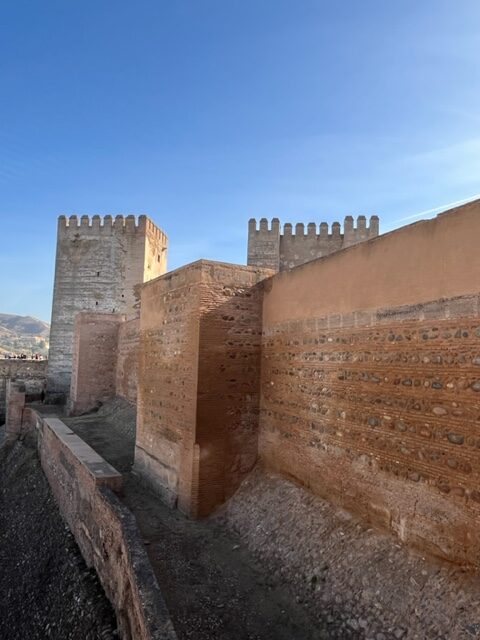
Decoration was focused on the inside of the buildings with glazed mosaic tiles, geometric patterns, Arabic inscriptions, and vaulted ceilings. The richly ornamented open-air rooms have lace like walls, courtyards with fountains, running water through canals flanked by gardens, Arabic inscriptions. Many of the inscriptions translate as “Only Allah is conqueror.” After centuries of disrepair, the Alhambra was rediscovered after the defeat of Napoleon whose troops destroyed parts of the site.



During the Nasrid era, the Alhambra was a self-contained city separate from the rest of Granada below. There were the Muslim amenities such as a Friday mosque, hammams, roads, houses, artesian workshops, tannery and a sophisticated water supply system. Courtyards had cultivated gardens and water features at their center, such as a reflective pool or fountain. The sultan enjoyed his harem in the most private of places, The Court of the Lions, named after the stylized alabaster basin with 12 lions supporting the exterior. In the center stands a fountain, made famous in stories and songs.

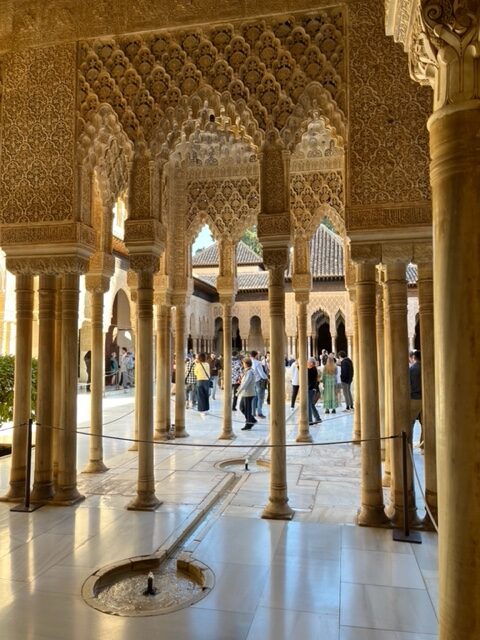
Outside the Alhambra walls is the Generalife, a former Nasrid country estate and summer palace. Modern landscaped gardens, water channels and orchards perfuming the air greet you when entering the complex.
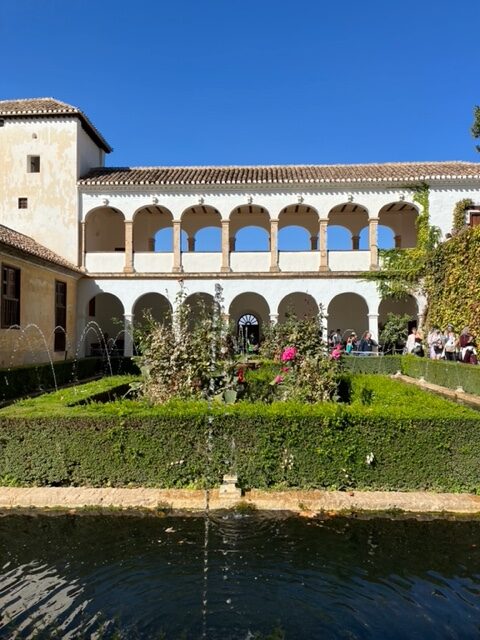
One of the “romantic travelers” who rediscovered the Alhambra was Washington Irving. He lived in the Alhambra when writing his book, Tales of the Alhambra (1832). The book brought international attention to the great structure. Now the Alhambra is a UNESCO World Heritage Site.
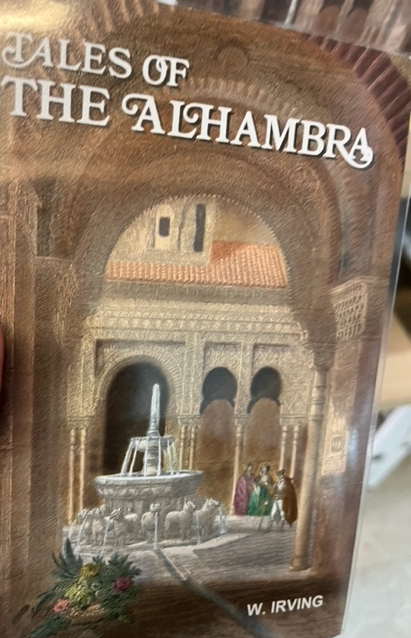
After a professional tour of the Alhambra, night descends golden on Granada, and the Gypsy Caves of Sacromonte in Albaicin, the old Arab section, is an interesting visit. Years ago thousands of gypsies lived on the “Holy Mountain” and some still do as a holdout of the past. Others live in modern apartments and come to the caves at night to further tourism. Castanets rattling, guitars strumming and a type of singing (really wailing) are the evening entertainment. The music is exciting, but the main reason for going is to see the caves themselves, some quite modern and comfortable. But beware: gypsies can be con artists and after the show it is best to hustle out or you may be deluged upon to buy castanets.
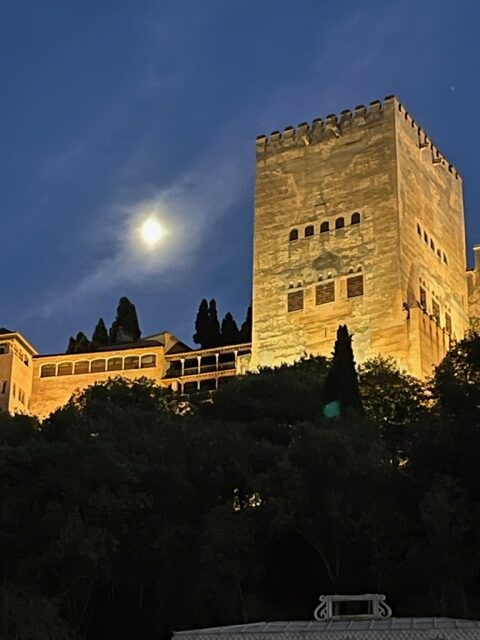
The Albaicin once flourished as a Moorish residential section, but it fell into decline when the Christians drove them out. A labyrinth of crooked streets still remains after a large tear down in the name of progress. It has been preserved now with cisterns, fountains, plazas, whitewashed houses, villas and decaying remains of the old city gate. The traditional way of life continues when you espy through an open door someone’s private patio filled with fountains, flowers and plants.
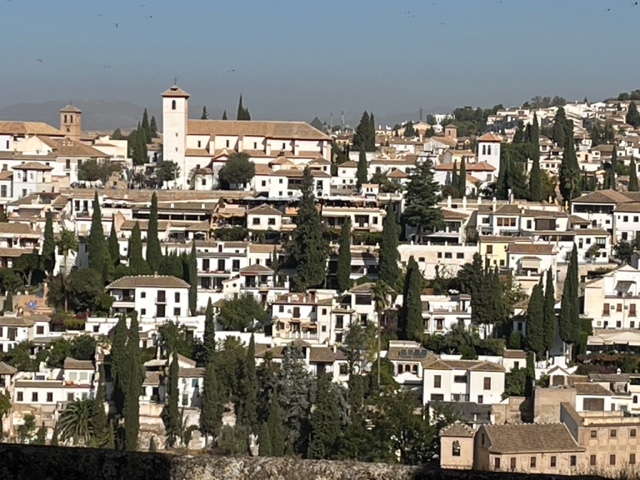
The Banos Arabes are some of the oldest standing buildings in Granada and among the best-preserved Muslim baths in all of Spain, predating the Alhambra. At a visit to the hammam you will experience hot-cold waters, massage with essential oils, creams and exfoliation with salts, gentle beating with palm fronds. The last one remaining is called Banos Arabes de Granada. This relaxing spa takes you far away for a few hours.
When visiting Spain, the Andalusian towns of Sevilla, Cordoba and Granada show us the Moorish past where we can linger and loiter, but the elegant Alhambra is frosting on the cake!






